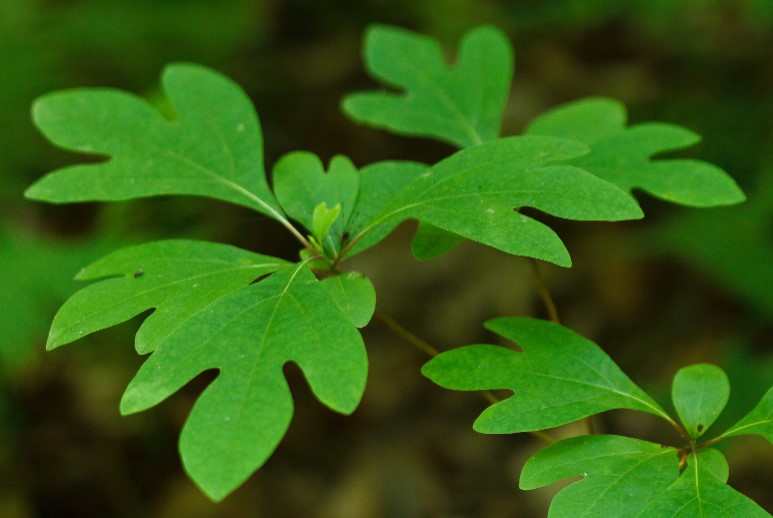Fennel has a history as old as the Mediterranean basin where it originated. The ancient Egyptians, Greeks, and Romans all ate its aromatic fruits and tender shoots. In the midsummer festival Adonia, of ancient times, fennel was among those seeds planted in the rites. A lover of Aphrodite, Adonis was the beautiful youth whose death and resurrection the festival observed.
Around his image fast-germinating plants such as fennel, lettuce, and barley were sown in clay pots. The seeds sprouted speedily and then the sprouts withered from sun and drought. When the plants died, the pots were thrown in the river with images of Adonis. These rites intended to invoke abundant rainfall in the coming season. Or may have encouraged pot culture as a convenient way of growing plants indoors.
Early Greek athletes, in training for the games, ate fennel seeds as a healthful food. That also helps to control their body weight. Theophrastus distinguished two types of ferula, calling fennel a ferula-like plant. He commented that the two were alike except in size, naming the very tall plant narthex and the smaller one narthekia.
Narthex appears in one of the earliest Greek myths. Prometheus, in a contest with Zeus, stole the glowing charcoalthat was fire, carrying it as a gift to mankind in the hollow stalk of the giant fennel plant (Ferula communis).
Moreover, dioscorides are distinguished into several types, just calling one of them narthex (Ferula communis), however the other is a marathon (Foeniculum vulgare). Herodotus and Ovid both comment that the site of the famous battle of Marathon in eastern Attica was a plain overgrown with fennel. Both narthex and marathon had medicinal properties, but the juice of marathon stalks and leaves was believed to be effective for improving eyesight.
Also, possibly a connection was made with a story Pliny reports: after serpents shed their skins, they rub against the fennel plant to sharpen their eyesight. He attributes twenty-two medicinal remedies to fennel and distinguishes several different types. Certainly, the Romans delighted in the flavor of fennel.
Cato the Elder gives a recipe for curing green olives and then seasoning them with oil, vinegar, salt, fennel, and mastic. His recipe for an olive relish is prepared as follows: remove stones from green, ripe, and mottled olives; chop the flesh and add oil, vinegar, fennel, cumin, coriander, mint, and rue; serve in an earthen dish.
Young fennel shoots were cooked as vegetables, raw stalks made into salads, and seeds placed under loaves of bread it was baked to add flavor. Columella gives another recipe, for preserving fennel stems in brine and vinegar. Also, the Roman soldiers mixed fennel seed with their mealtimes to assure fighting forte and courage.
The Apician cookbook contains a recipe for Tisana taricha, an herbal barley soup that includes both fresh fennel and fennel seed. Soak dried chickpeas, lentils, and split peas. Crush barley and boil with the dried vegetables. When cooked add olive oil to taste and chopped leeks, coriander, fresh fennel, dill, beet, mallow, and tender cabbage leaves.
Pound a generous quantity of fennel seed, orégano, asafoetida, and lovage; moisten with liquamen and add to soup. Serve with finely chopped cabbage leaves on top. A graceful hardy perennial with shining, cylindrical, blue-green stems. Leaves are bright green and finely feathered. Flowers are bright yellow in large flat umbels.
Florence fennel (F. vulgare var. dulce), also called finocchio, has an enlarged leaf base and is used as a vegetable. Young stems of Sicilian fennel (F. vulgare var. piperitum) can be blanched and eaten like celery. Full sun and ordinary soil. Volatile oil of fennel has properties like that of dill. The best varieties of fennel yield from4% to 5% of volatile oil, its principal constituents anethole and fenchone.

Also Read: Harvesting Drying and Storage of Herbs / Spinach: How to Grow the World’s Healthiest Foods / Basil – It’s Not as Difficult as You Think
Affiliates Links:
- How One Woman Discovered the Female Fat-Loss Code Missed by Modern Medicine And Lost 84lbs Using a Simple 2-Step Ritual That 100% Guarantees Shocking Daily Weight Loss
- 60 Seconds Habit ! That Reversed Type 2 Diabetes and Melted 56 lbs of Fat
- Boost Your Energy, Immune System, Sexual Function, Strength & Athletic Performance
- Diabetes Remedy # 1 Mega Offer for 2019





